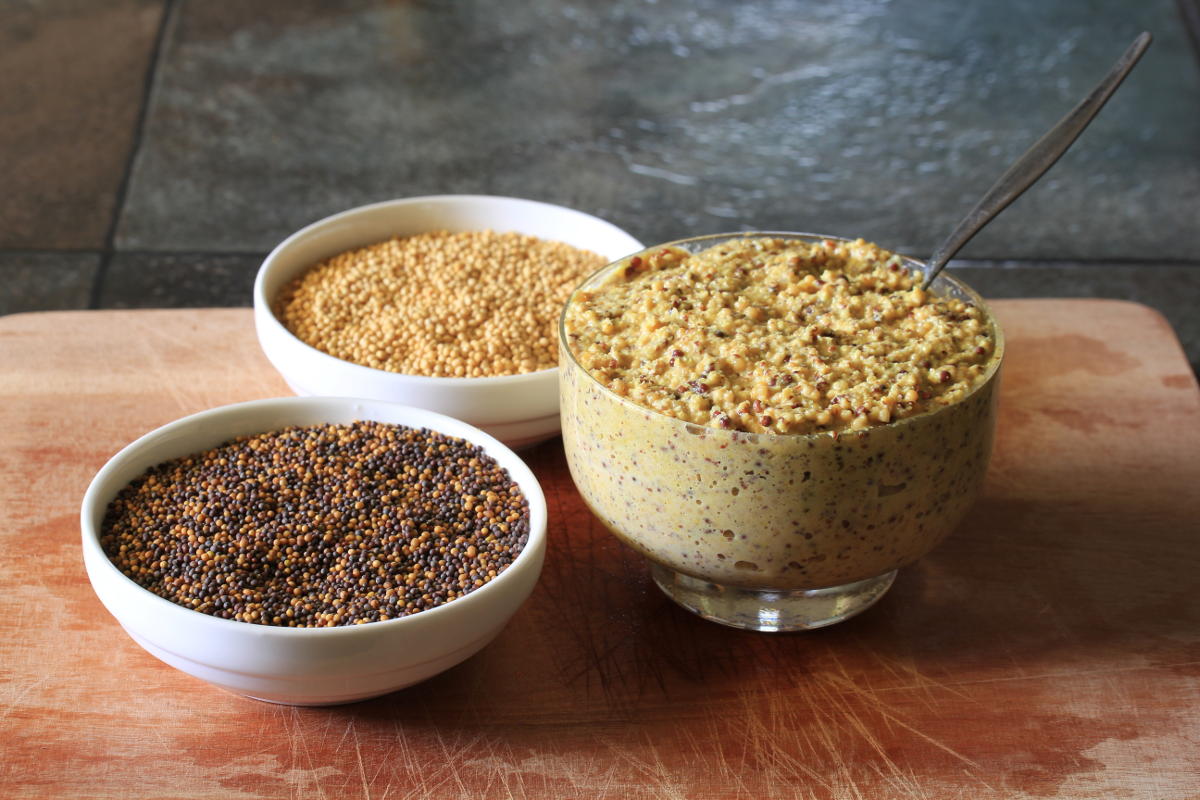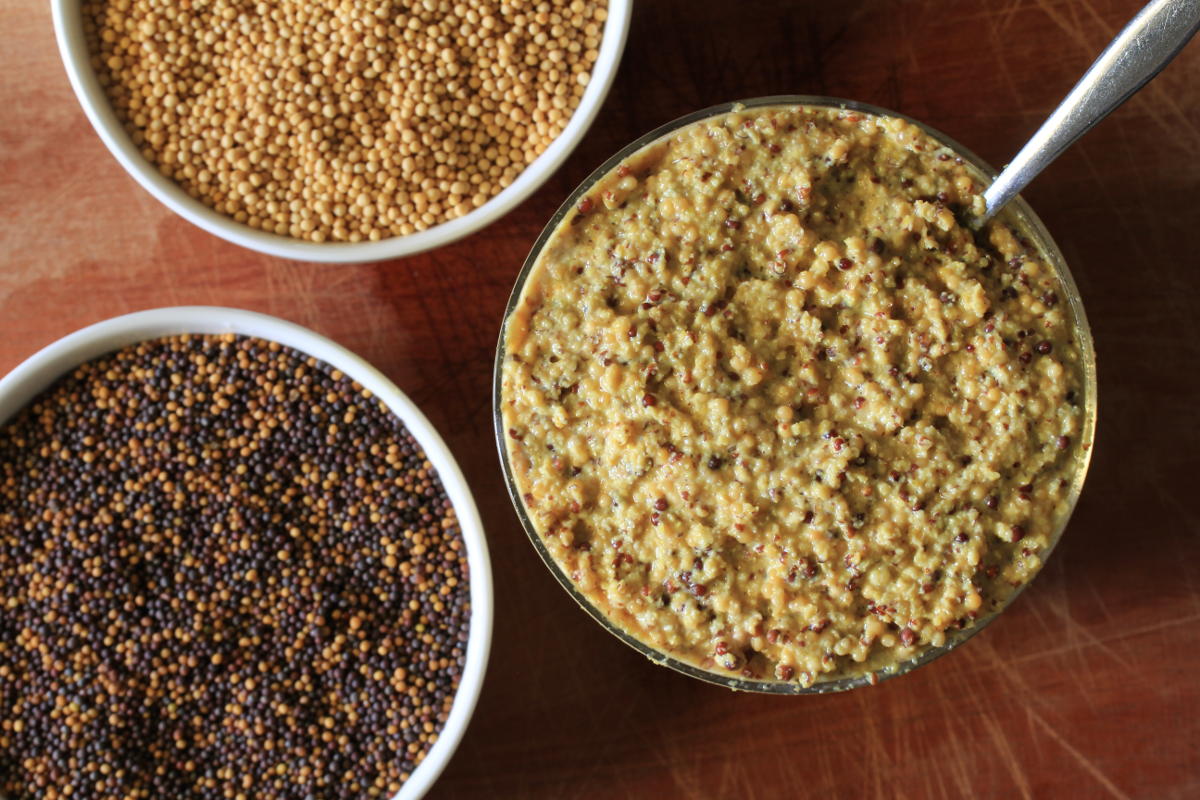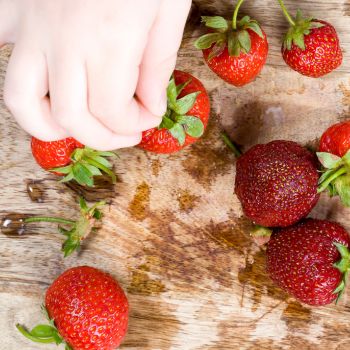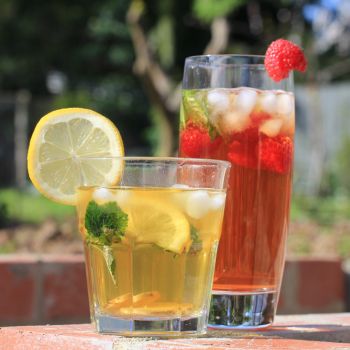For home gardeners, mustard is most often grown as an autumn crop providing a late harvest of tasty leaves before winter sets in. But mustard is more versatile than that. Growing it in spring gives the plant time to mature and develop seed pods, making the leaves bitter and inedible but producing plenty of spicy mustard seeds for use in the kitchen.
And once you've harvested the seeds, it's easy to turn them into the fiery table condiment that's such a popular way of pepping up all kinds of meals. Here's what to do.
Basic Mustard Recipe
For this basic, relatively mild wholegrain mustard recipe you'll need a food processor or mortar and pestle, along with the following ingredients:
- 180g white mustard seeds*
- 20g black mustard seeds*
- 150ml apple cider vinegar
- 150ml water
- 2 tsp salt
- 2 tsp of honey
*Any mustard seeds in any combination can be used in this recipe; white/yellow, brown or black. The mustard quantities above are just a blend that will please most eaters.
At first the flavour will be bitter but let the mustard sit for a day or two, loosely covered, and it will thicken and develop its flavour. Once it's to your liking, transfer to a clean jar and store in the fridge where it will keep for at least three months. Flavour will continue to improve with time.
Making the Mustard Your Own
The basic recipe makes a great, no-frills table mustard, but it's fun to move the condiment in your own direction with a few simple changes.
- For a completely smooth mustard, blend the whole seed and liquid mixture as smoothly as possible, then if needed, pass through a fine sieve to remove any last husks or seed fragments.
- For a stronger mustard, increase the proportion of black mustard seeds to white ones, keeping the total amount to 200g.
- Increasing the honey to 2 tbsp will make a sweeter, richer mustard.
- Replace the honey with maple syrup if you prefer, or even use a natural low-calorie sweetener such as stevia.
- A pinch or two of turmeric powder will give a deeper yellow colour and an earthy edge to the flavour, while paprika or chilli powder will add an extra bite.
- Make a unique mustard every time by adding seasonal herbs before blending. Any herb will work, but thyme, tarragon, and rosemary all complement mustard's fieriness with their warmly fragrant tones.
- Replace some or all of the water with beer, or the vinegar with wine, to make this most grown-up of condiments even more mature.
Most of the advice available on growing mustard is devoted to producing tender, tasty leaves, and avoiding the conditions that make the plant bolt. But if you're a fan of mustard as a condiment, it's worth ignoring this advice and letting mustard go to seed. Just a few plants left to mature will produce enough spice to keep your fridge stocked with your favourite fiery condiment all year round.
IMPORTANT NOTE: The seeds on this website are for sowing not eating. We recommend you grow your own crop of seeds, however mustard seeds for eating can also be purchased from the herb section of most supermarkets. Mustard seeds for growing can be found here.







